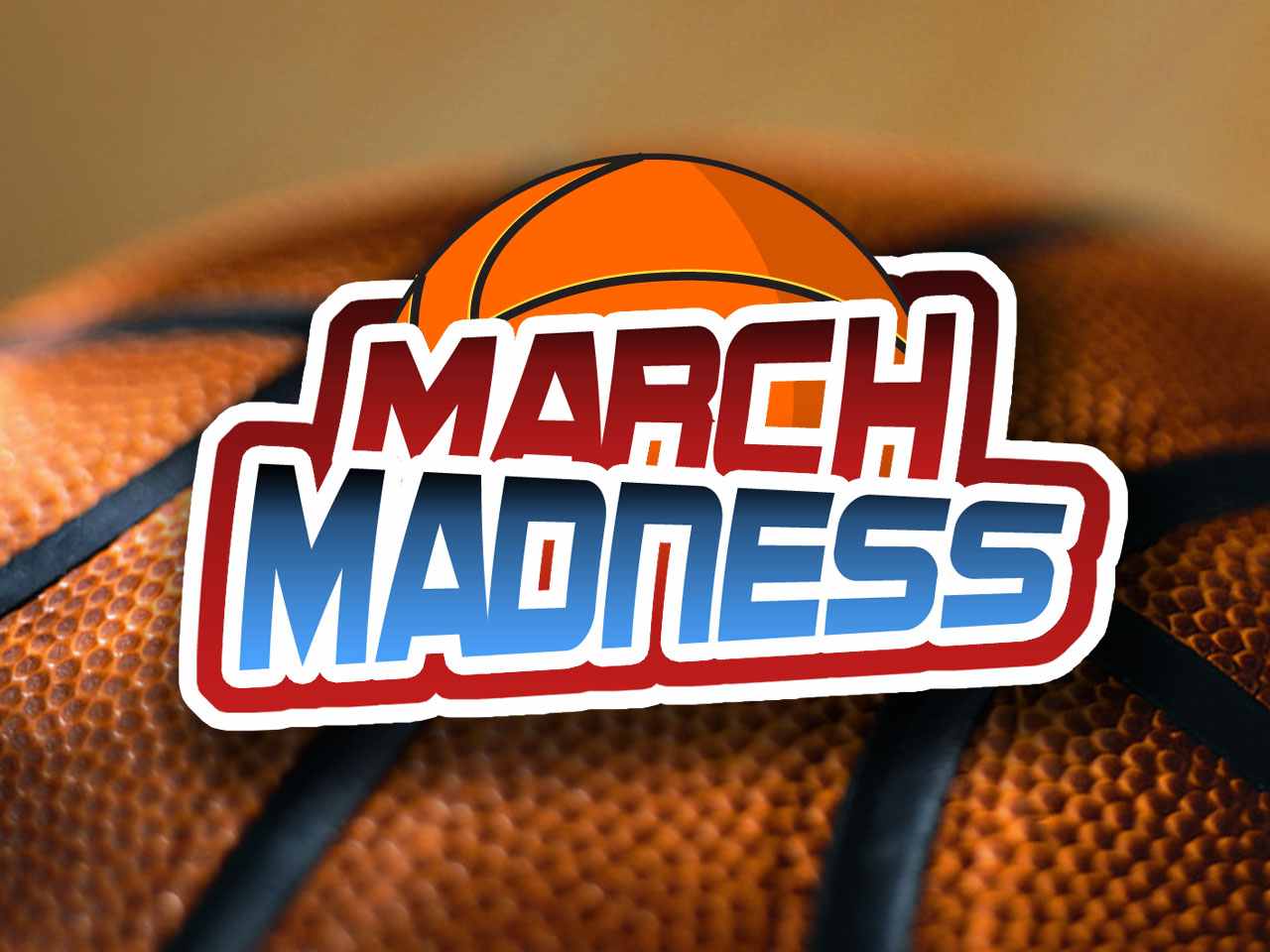
Basketball – NCAA History
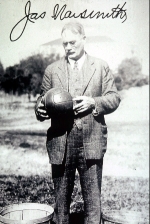
There are three special names for NCAA College Championship rounds (March Madness).
The tournament starts with sixty-four teams. After the 1st round thirty-two teams remain.
The names begin on the 2nd round:
- Sweet Sixteen (round 2)
- Elite Eight (round 3)
- Final Four (round 4)
At this stage the final two teams play for the NCAA Championship. It’s March Madness!
Basketball History
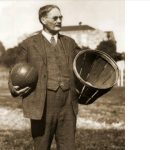
Dr. James Naismith is known world-wide as the inventor of basketball. He was born in 1861 in Ramsay township, near Almonte, Ontario, Canada. The concept of basketball was born from Naismith’s school days in the area where he played a simple child’s game known as duck-on-a-rock outside his one-room schoolhouse. The game involved attempting to knock a “duck” off the top of a large rock by tossing another rock at it. Naismith went on to attend McGill University in Montreal, Quebec, Canada.
After serving as McGill’s Athletic Director, James Naismith moved on to the YMCA Training School in Springfield, Massachusetts, USA in 1891, where the sport of basketball was born. In Springfield, Naismith was faced with the problem of finding a sport that was suitable for play inside during the Massachusetts winter for the students at the School for Christian Workers.

Naismith wanted to create a game of skill for the students instead of one that relied solely on strength. He needed a game that could be played indoors in a relatively small space. The first game was played with a soccer ball and two peach baskets used as goals. Naismith joined the University of Kansas faculty in 1898, teaching physical education and being a chaplain.
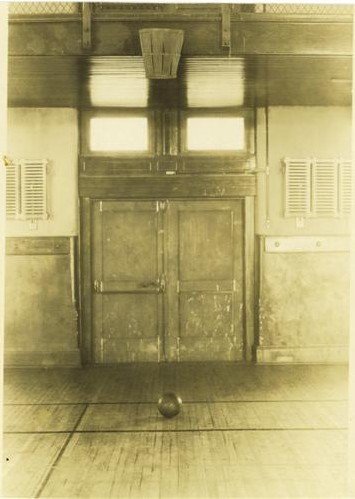
 Thirteen Rules for Basketball
Thirteen Rules for Basketball
James Naismith devised a set of thirteen rules of basketball:
- The ball may be thrown in any direction with one or both hands.
- The ball may be batted in any direction with one or both hands, but never with the fist.
- A player cannot run with the ball. The player must throw it from the spot on which he catches it, allowance to be made for a man running at good speed.
- The ball must be held in or between the hands. The arms or body must not be used for holding it.
- No shouldering, holding, pushing, striking or tripping in any way of an opponent. The first infringement of this rule by any person shall count as a foul; the second shall disqualify him until the next goal is made or, if there was evident intent to injure the person, for the whole of the game. No substitution shall be allowed.
- A foul is striking at the ball with the fist, violations of Rules 3 and 4 and such as described in Rule 5.
- If either side make three consecutive fouls it shall count as a goal for the opponents (consecutive means without the opponents in the meantime making a foul).
- Goal shall be made when the ball is thrown or batted from the ground into the basket and stays there, providing those defending the goal do not touch or disturb the goal. If the ball rests on the edge and the opponents move the basket, it shall count as a goal.
- When the ball goes out of bounds, it shall be thrown into the field and played by the first person touching it. In case of dispute the umpire shall throw it straight into the field. The thrower-in is allowed five seconds. If he holds it longer, it shall go to the opponent. If any side persists in delaying the game, the umpire shall call a foul on them.
- The umpire shall be judge of the men and shall note the fouls and notify the referee when three consecutive fouls have been made. He shall have the power to disqualify men according to Rule 5.
- The referee shall be the judge of the ball and decide when it is in play in bounds, to which side it belongs, and shall keep the time. He shall decide when a goal has been made and keep account of the goals with any other duties that are usually performed by a referee.
- The time shall be two 15-minute halves with five minutes’ rest between.
- The side making the most goals in that time shall be declared the winners.

In addition to the creation of the basketball, James Naismith graduated as a medical doctor, primarily interested in sports physiology and what we would today call sports science and as Presbyterian minister, with a keen interest in philosophy and clean living. Naismith watched his sport, basketball, introduced in many nations by the YMCA movement as early as 1893. Basketball was introduced at the Berlin Olympics in 1936. Naismith was flown to Berlin to watch the games. He died in Lawrence, Kansas, in 1939.
Today basketball has grown to become one of the world’s most popular sports.
NCAA Basketball – March Madness

INDIANAPOLIS—The NCAA Executive Committee, meeting at the NCAA Convention, ruled that the three-point line will remain at its current distance (19 feet, 9 inches from the center of the basket to the outside edge of the three-point line), for all three divisions. The free-throw lane also will remain the current width and configuration.
An original recommendation from the NCAA Men’s and Women’s Basketball Rules Committees to extend the three-point line and change the free-throw lane to a trapezoid starting in 2004-05 for men’s basketball, and to extend the three-point line for women’s basketball starting in 2004-05, had been considered but the divisional governing bodies removed the free-throw lane piece from that proposal.
Jim Valvano – North Carolina State basketball coach
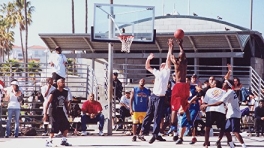
“To me there are three things everyone should do every day
Number one is laugh.
Number two–spend some time in thought.
Number three, you should have your emotions move you to tears”.
If you laugh, think, and cry, that’s a heck of a day.” ~ Jim Valvano
“How do you go from where you are to where you want to be?” the charismatic Valvano once asked rhetorically. “I think you have to have an enthusiasm for life. You have to have a dream, a goal. You have to be willing to work for it.”
Threes in Basketball
- The three-point field goal in basketball
- In basketball, you can get a triple double
- An offensive player is allowed only 3 seconds in the lane
- You can shoot, pass, or drive to the basket
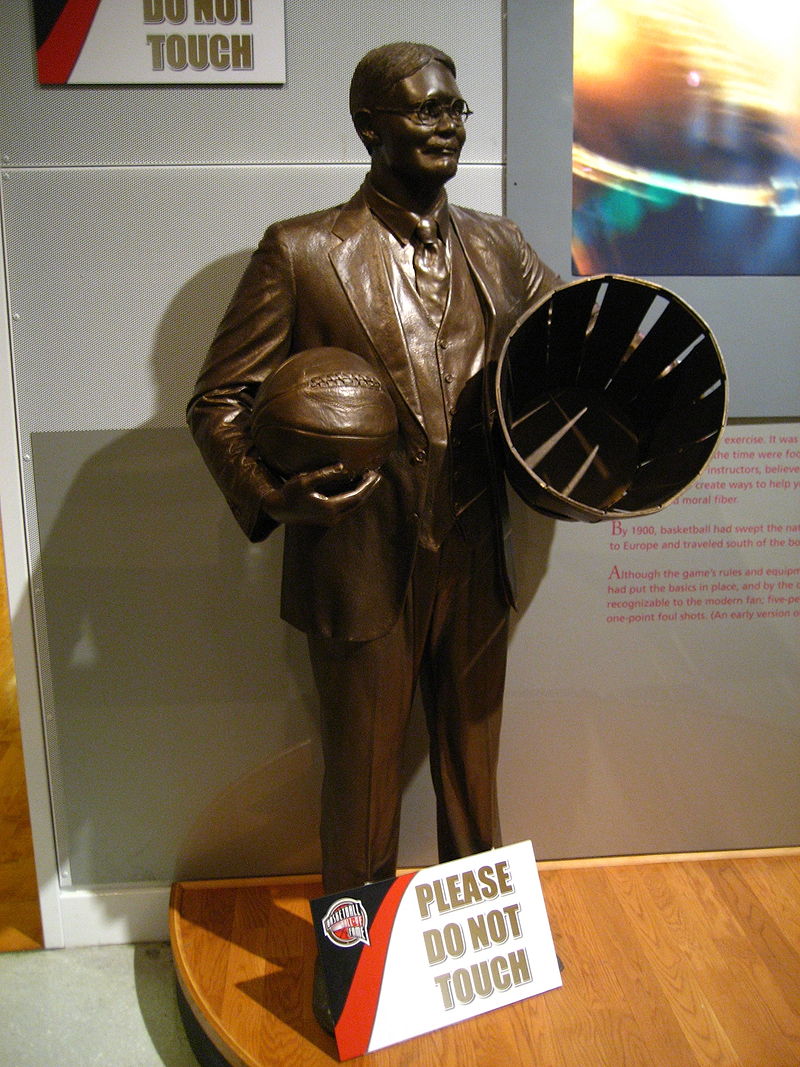

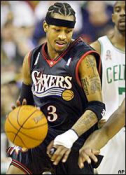 Thirteen Rules for Basketball
Thirteen Rules for Basketball




























